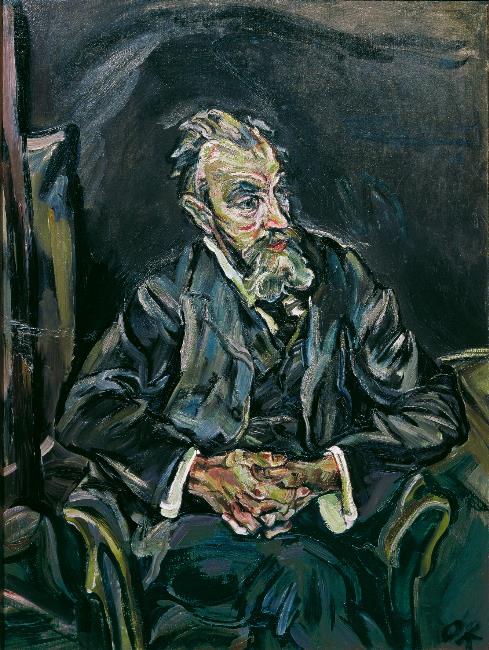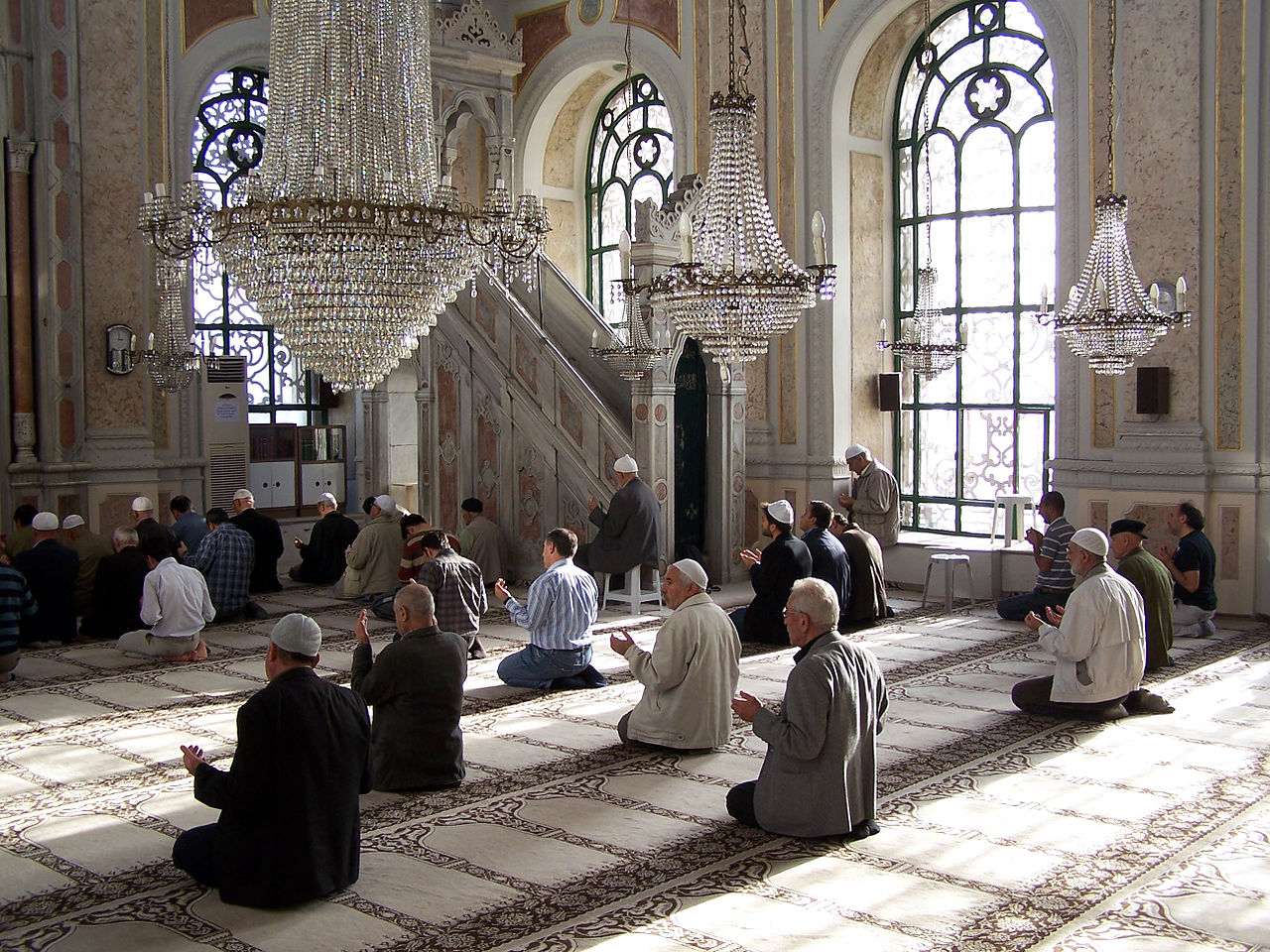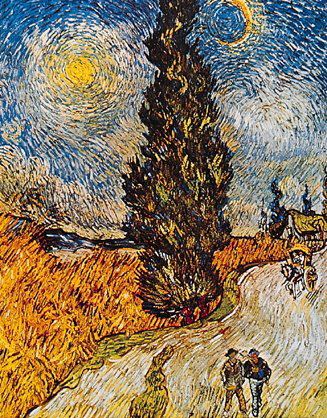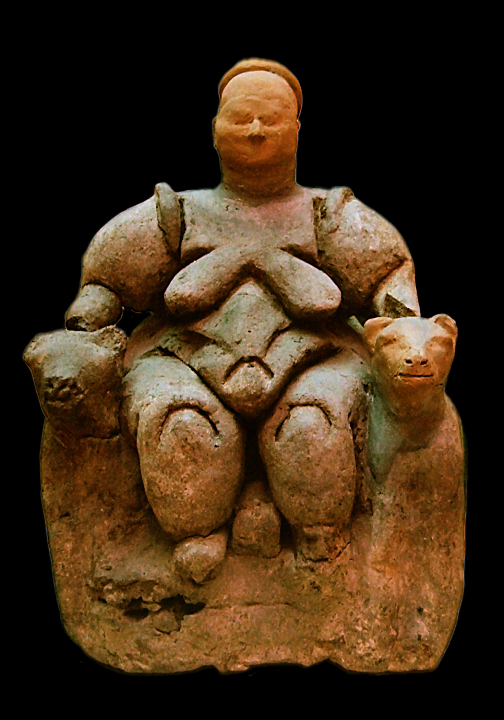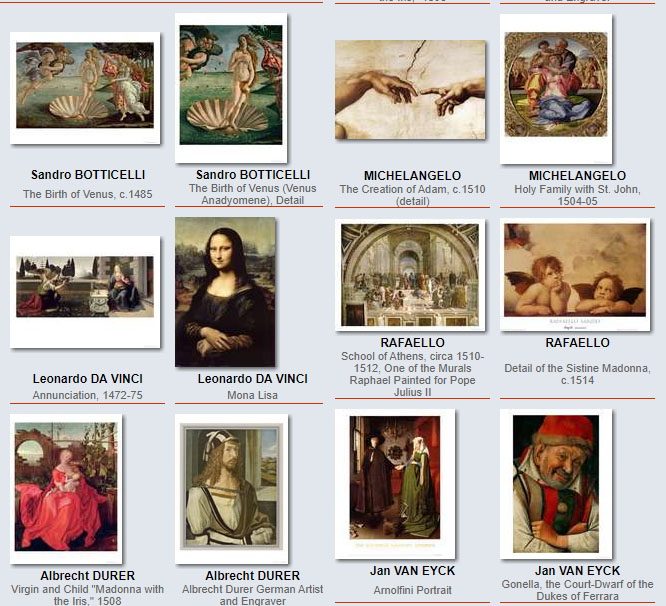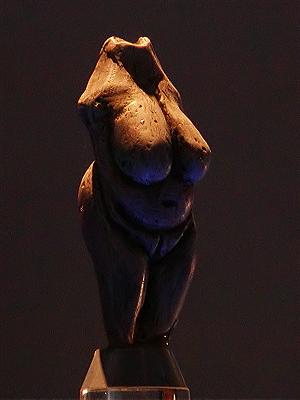
Sculpture and painting in Slovakia
The concept of "Slovak art” is not the same as the term "art in the area of today's Slovakia”, artistic activity flourished here long before the establishment of the Slovak state, and even before the Slavs came. National art began to emerge in parallel with the increasing national awareness of Slovaks, in the mid-18th century.
The oldest sculptural works in the territory of today's Slovakia date back twenty-several thousand years. The famous Venus of Moravan is a small statue of a woman with an extremely lush shape, carved in mammoth kel in the Palaeolithic times. Another figurine, the so-called. seated Venus, found in Nitrianski Hradek, comes from the Neolithic times. Celts, who could work metals, they left behind carved weapons and coins, Romans – small stone carvings and carved tomb stalls.
Sacred art developed with the advent of Christianity, at first integral with the architecture (reliefs on the columns of basilicas, Romanesque portals). One of the oldest sculpture monuments in Slovakia is the stone from the 13th century, the so-called. a white lion from the basilica in the Spišská Chapter. Z XIII w. comes a wooden crucifix from the church in Lendak.
At the end of the 13th century. Gothic began to penetrate the Slovak lands, which left behind a few sculptural masterpieces of European measure. These include, among others. The fourteenth-century so-called. mystical crucifixes (Christ's body stretched over a naturally branched tree limb) from churches in Levoča, Drawce, Spiśska Bela and Vrbov, and above all, late gothic (beginning of the 16th century) Sculptural achievements of Master Paweł from Levoča (m.in. altars in the churches of St.. Jacob in Levoča, st. George in Spišská Sobota and the Blessed Virgin Mary in Banska Bystrzyca) and an artist unknown by name called Master M.. from Banska Szczawnica. Pictures appear in the Gothic era: miniatures in chronicles and codices, as well as blackboard paintings and wall paintings in churches. Panel painting is developing under the influence of German and Lesser Poland schools, and his most outstanding works are the altars and altar wings of the Gothic churches in Spisz, Gemeru and the western part of Slovakia. Gothic frescoes on the walls of the Levoča churches, Bardejov and the Spiš Kapituła or churches in the villages of Dravce, Shield, Ochtina and Żehra achieved a high European level.
In the mid-sixteenth century. There was a marked turn towards Renaissance art, which for quite a long time developed in parallel with the gothic one. The paintings of this era are mainly portraits of the nobility, sculpture is mostly present in tombstone art. Stone returns to favor. The most outstanding sculptural works are the figurative tombstones of the Zapolyas in the Spišská Kapitula, Thurzon in Levoča, J. Seredy in Bardejów, M. Olah in Trnava and S.. Streiberga in Bratislava.
Baroque in sculpture and painting appeared in the 17th century. and for some time it developed in parallel with the Renaissance. The most outstanding example of the interpenetration of styles is the altar of the university basilica in Trnava. The baroque was marked by rich ornamentation, monumental altar statues and ornate pulpit – you can see them in most churches in Slovakia. There are paintings in wooden churches in the folk baroque trend (most often Evangelical) and icons in Uniate churches in the eastern part of the country. In the Baroque era, sculpture became an integral part of the landscape – Marian columns and plague pillars appeared, as well as wayside shrines and calvaries scattered all over the country. In parks of noble mansions, stone statues spread. The most prominent baroque artists in Slovakia were the sculptors G.. Donner i J. Krauss and painters J.. Cracker in J. Kupecky.
Classicism, related to the rational ideology of enlightenment, in the last quarter of the 18th century. coexisted with the baroque. A new form of portrait bust appeared in sculpture. F.X was aiming at it. Messerschmidt, the most outstanding creative personality of the era. His sculptures can be admired, among others. at the National Gallery in Bratislava, in the Primate's Palace and in the church in Śenkvice. The first Slovak sculptors came from the classical trend, such as: V. Dunajsky, L. Dunajsky and J. Marshalka. Classicism in painting includes. portraits of J. Rambauer and scenes by J. Czauczik. 2nd half of the 19th century. it is a period of intensive formation of the Slovak nation. The greatest individualities of that day were: J. Clement, PM. Bohuń i D. Skutecky. In Slovakia, he also created L.. Mednyanszky, outstanding painter at the turn of the 19th and 20th centuries.
The 20th century brought the Slovaks the possibility of unhampered development of national art. Among the several generations of Slovak sculptors, A.. Lined, J. Koniarek i F. Stefanko, and among painters L. Full, M. Benka, M. Teddy bear, M. Bazovsky, J. Jakoby and many others.

